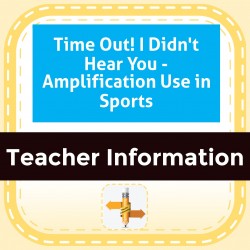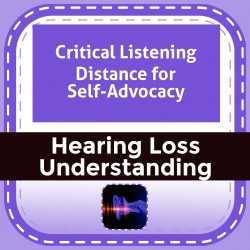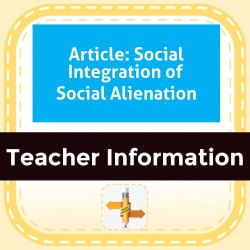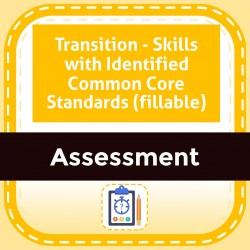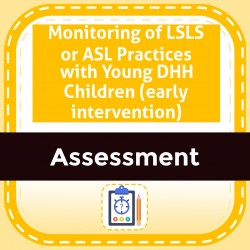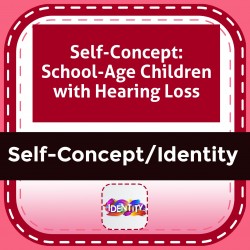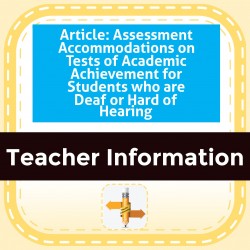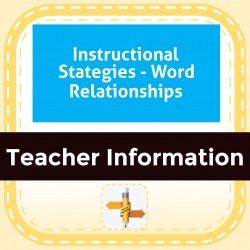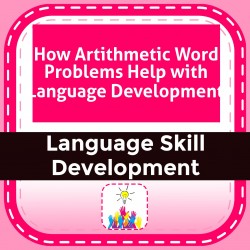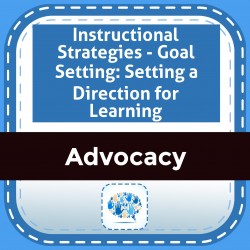Ability Levels
Categories
Resource Types
Age/Grade Range
CCSS
Anchor Standard
Speaking & Listening
Language
Reading
Time Out! I Didn't Hear You - Amplification Use in Sports
$ 0
1996 guide to creating solutions to communication challenges that students with hearing loss may face in athletic activities.
Critical Listening Distance for Self-Advocacy
$ 0
Worksheet that summarizes a student's critical listening distance in quiet and noise. It can be used as a summary following Functional Listening Evaluation or the ELFLing procedure or to further under
...
standing of school staff. Includes an image representing the size of the listening bubble in quiet and noise.
Article: Social Integration of Social Alienation
$ 0
Thesis provides a review of domains of social development, changes in the field of deaf education, and social challenges for oral deaf and hard of hearing students compared to hearing peers.
Transition - Skills with Identified Common Core Standards (fillable)
$ 295
Progress monitoring sheet specifying student skill areas for transition with the specific common core standard identified for each skill area. Fillable.
Monitoring of LSLS or ASL Practices with Young DHH Children (early intervention)
$ 0
This resource lists question for early intervention providers to ask themselves in regard to their attention to practices for auditory skill development, language development, speECH- sound productio
...
n and other areas. Based on the 2017 JCIH Position Statement.
Self-Concept: School-Age Children with Hearing Loss
$ 295
Describes self-concept in school-age children and strategies to help children improve their level of self-concept.
Article: Assessment Accommodations on Tests of Academic Achievement for Students who are Deaf or Hard of Hearing
$ 0
The results of this anaylsis highlight the complexity of factors in assessing academic performance of students with hearing loss. 2013
Instructional Strategies - Word Relationships
$ 0
The ability to form contextual relationships is a challenge for students who are deaf or hard of hearing. Instruction in building relationships between words, concepts, and feelings is essential. It
...
supports memory, word retrieval, and reading fluency. See BUNDLE at S0XTEA0815.
How Artithmetic Word Problems Help with Language Development
$ 0
Arithmetic word problems offer a large array of language development opportunities, particularly for children with hearing loss. Learn how you can use arithmetic word problems to help your child disco
...
ver the nuances of conversation. Introduction to mathematic-specific process information.
Instructional Strategies - Goal Setting: Setting a Direction for Learning
$ 295
Goal setting is something we do every day. Goal setting is the establishment of direction, content, and process for learning. Includes fillable rubrics and personal inventories student's can use for
...
setting learning goals, evaluating their performance, and obtaining feedback. Includes an exercise for requesting clarification when a student does not fully understand.
 Your browser is out of date. For best experience switch to latest updated Browser.
Your browser is out of date. For best experience switch to latest updated Browser.
 Get Chrome
Get Chrome Get Edge
Get Edge Get Firefox
Get Firefox